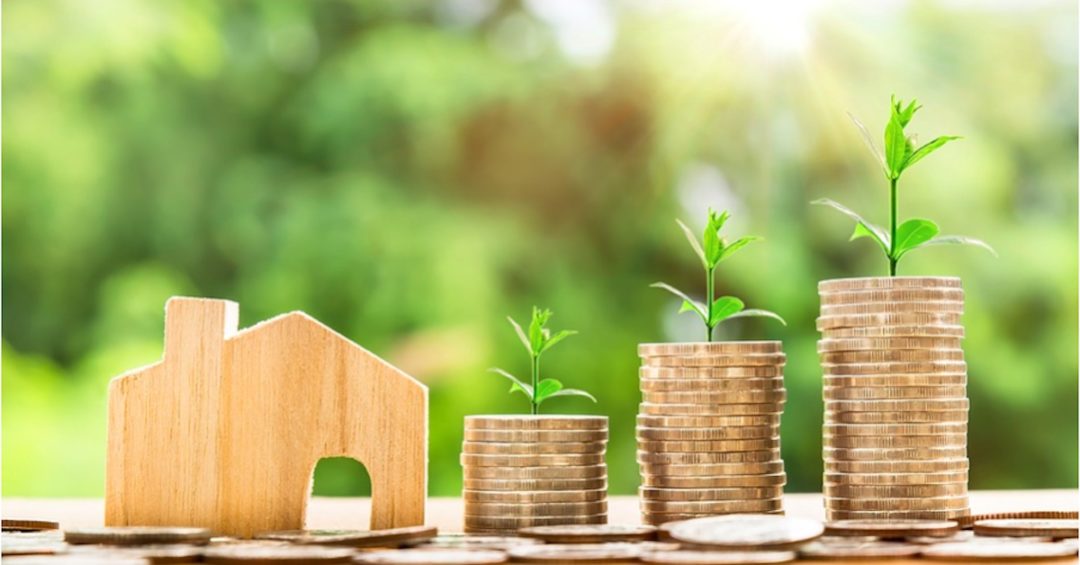Home equity is a wonderful thing for property investors.
Why is that?
Well, essentially it’s just a fancy way of saying untapped wealth.
It is the goldmine that homeowners and investors are sitting on if they bought well and their properties have increased in value.
So how to use the equity in your home is a common question asked. Lets walk through the considerations here.
EQUITY DEFINED
Equity is your borrowing power, the amount of money you have in your home or investment property that you can use to purchase further properties.
This is the tried-and-true formula of property investing across Australia: tapping into dormant equity.
Technically speaking, it is the difference between the market value of your property and the size of your current loan.
The bigger the gap, the greater the equity.
Over time, as capital growth pushes the value of housing up and you steadily pay off your loan, the amount you owe compared to the value of the property will widen.
And your equity increases!
HOW TO CALCULATE YOUR BORROWABLE EQUITY
Calculating how much money you can borrow is a relatively simple task.
Just say you own a home that is worth $600,000 and you have a $300,000 mortgage on it.
That means you have $300,000 in equity, right?
Well yes, but now we need to make a distinction between equity and usable (borrowable) equity.
Most banks will cap their lending at 80 per cent of the property’s value, although you can go higher if you don’t mind incurring mortgage lender’s insurance.
Assuming you stick to the 80 per cent ceiling, let’s do the sums to work out how much you can borrow:
Your home’s value x 0.80% = $480,000
Your debt is $300,000, so subtract this from the amount the bank will lend up to $480,000 and you are left with $180,000.
This means you have $180,000 in usable equity.
What can you do with this equity?
Some people draw down this equity by increasing their home loan and use it to fund their home renovation
Others use it to fund that expensive European holiday they’ve always been dreaming about.
And many smart Australians have taken an equity release loan and used this as the deposit to buy an investment property to help secure their financial future.
But be careful…
If you’re going to draw down your equity don’t just increase your existing home loan otherwise the interest on the loan may not be tax deductible.

It’s important to structure your investment loan correctly as a separate loan against you home rather than an extension of your home loan.
If done correctly the interest on this loan will be tax deductible, even though the security for the loan is your home, because the purpose of this loan is for investment and income producing purposes.
Tips for investing in property
When looking to expand your property portfolio, it is important to have a carefully considered investment strategy and make decisions based on what will give you the best returns in the short term, and long term.
Top tips for selecting a property as an investment
- Make sure you research the local market and understand things like rental demand and property price trends.
- Map out and manage your cash flow. Estimate your potential rental income and outgoing expenses on a monthly basis – including strata, council fees, maintenance and of course loan repayments.
- Look for areas with solid capital growth. While it’s very hard to predict, avoid buying at the top of the market. If your investment is overvalued and loses value, you may find yourself with negative equity and making repayments on a property that may not give you a good return.
- Check the age and condition of the property and any facilities
- Think about the property maintenance requirements – properties with pools and large gardens may be costly to maintain.
- Picture yourself as a tenant – what are renters looking for in the market?
- Consider the type of property. Off-the-plan apartments are sometimes considered a risky investment – established properties are often a safer bet.
The Rule of Four
Wondering how much you should spend on an investment property? A calculation some property investors use is the ‘rule of four’. Simply multiply your usable equity by four to arrive at the answer.
For example, if you have $100,000 in usable equity, multiplied by 4 means your maximum purchase price for an investment property is $400,000. This ‘rule’ allows for a 20% deposit, therefore helping you to avoid lenders mortgage insurance (LMI). It also allows buffer room to go towards additional costs like stamp duty. This calculation could be helpful to determine if you have enough of a deposit and can manage the upfront costs of purchasing another property.
If you have less than a 20% deposit, you may have to pay LMI. LMI is a way for lenders to safeguard themselves against the risk of not recovering the outstanding loan balance if you were unable to meet your loan repayments.
Interest-only or principal and interest repayments?
When it comes to investing in property and your repayments, there are a couple of options for you to explore: interest-only and principal and interest repayments. But which one is right for you? Let’s dive in.
Interest-only
Some property investors set up a supplementary home loan that’s geared towards investing. One way of doing this is to take out a low-rate home loan for a shorter period (4-5 years) and opt for interest-only repayments during this time. By minimising the required repayments, you may get the benefit of freeing up your cash flow and leveraging potential market increases during the loan period.
At the end of the interest only period, you may choose to refinance or refix the loan and hold onto the property or calculate the equity in the investment. If the property has grown in value, you may decide to invest in another property to build your portfolio or sell the property and cash in the equity. The important thing to remember here is that an interest-only loan doesn’t reduce the principal loan amount, so your repayments will be higher when the interest only period ends.
Principal and interest
Principal and interest repayments are designed to repay your mortgage over the loan term – usually 30 years. As your loan balance reduces, so does the interest you’re paying (if the interest rate remains the same), which means your repayment pays off more of the principal, as the loan term progresses. You may also have the benefit of higher borrowing power and a lower interest rate with this option.
When paying principal and interest repayments, it’s also worth keeping in mind that your home loan repayments will be higher than if they were interest-only, which can impact on your cash flow if your rental income doesn’t cover the property’s expenses (like repayments, property management costs, insurance). The flipside is that every repayment helps to reduce your principal, which means you could pay your home loan off faster with this repayment type than if you were making interest-only repayments.
If you’d like to speak to someone about how to strategically use the equity in your home or investment properties, or how to effectively structure your loans, please contact us.
RENTAL YIELD: HOW TO CALCULATE INVESTMENT PROPERTY RENTAL YIELD
House prices are on the rise. Find out the value of your property now.
Get a free online property report from Hicks Real Estate. It takes seconds.






